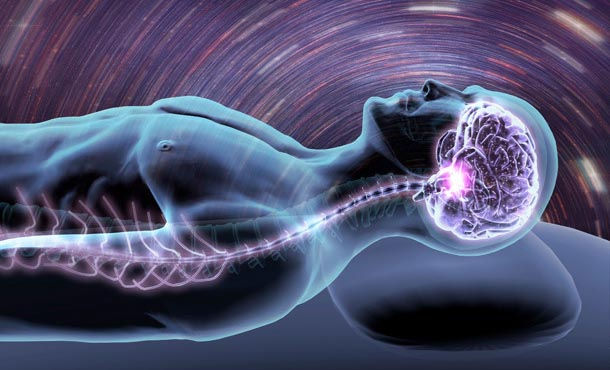Alzheimer’s Disease
- Nuzhat Nazia

- Nov 24, 2022
- 1 min read
Alzheimer’s Disease (AD) is a mental deterioration, or dementia,characterized by confusion,memory loss and a variety of other symptoms. Its incidence is age related,rising from about 10% at age 65 to about 35% at age 85.Thus, by helping humans live longer,modern medicine is increasing the proportion of AD patients in the population. The disease is progressive,with patients gradually becoming less able to function and eventually needing to be dressed,bathed and fed by others.There are also personality changes,almost always for the worse. Patients often lose their ability to recognize people,including their intermediate family, and may act towards them with suspicion and hostility.

At present, a firm diagnosis of AD is difficult to make while the patient is alive because AD is one of the several forms of dementia. However, AD results in a characteristic pathology of the brain: neurons die in huge areas of the brain,often leading to massive shrinkage of the brain tissue. This shrinkage can be seen with brain imaging but it is not enough to positively identify AD. What is diagnostic is the postmortem finding of two features: neurofibrillary tangles and senile plagues. Neurofibrillary tangles are the bundles of degenerated neuronal and glial processes. Senile plagues are aggregates of β-amyloid,an insoluble peptide that is cleaved from a membrane protein normally present in the neurons. The role of the uncleaved protein is not known. Membrane enzymes,called secretases, catalyze the cleavage,causing β-amyloid to accumulate outside the neurons and to aggregate in the form of plagues. The plagues appear to trigger the death of surrounding neurons.
References:
Lange clinical neurology and neuroanatomy, Aaron L Berkowitz




Comments